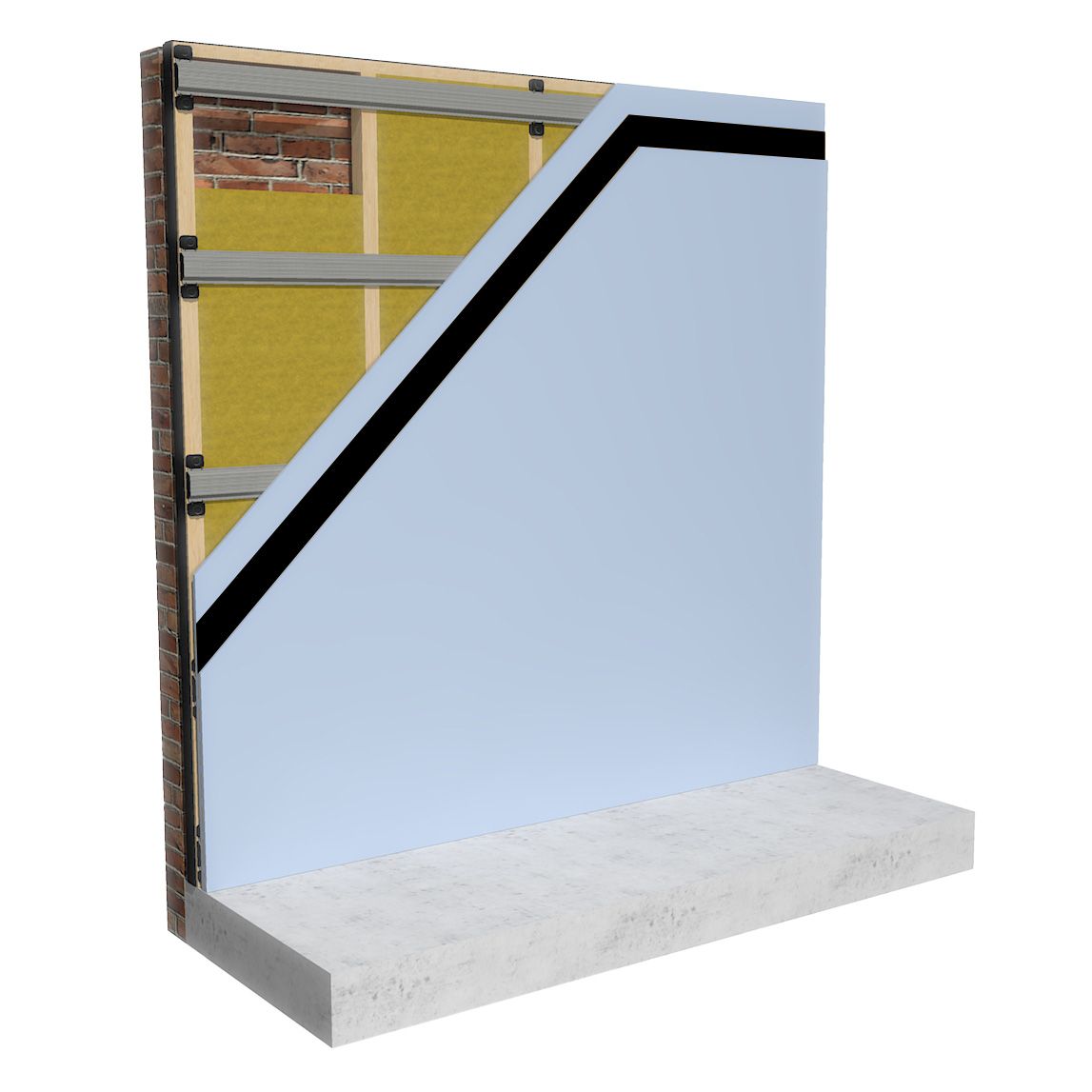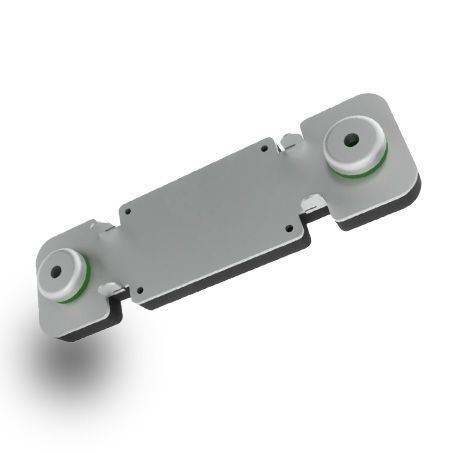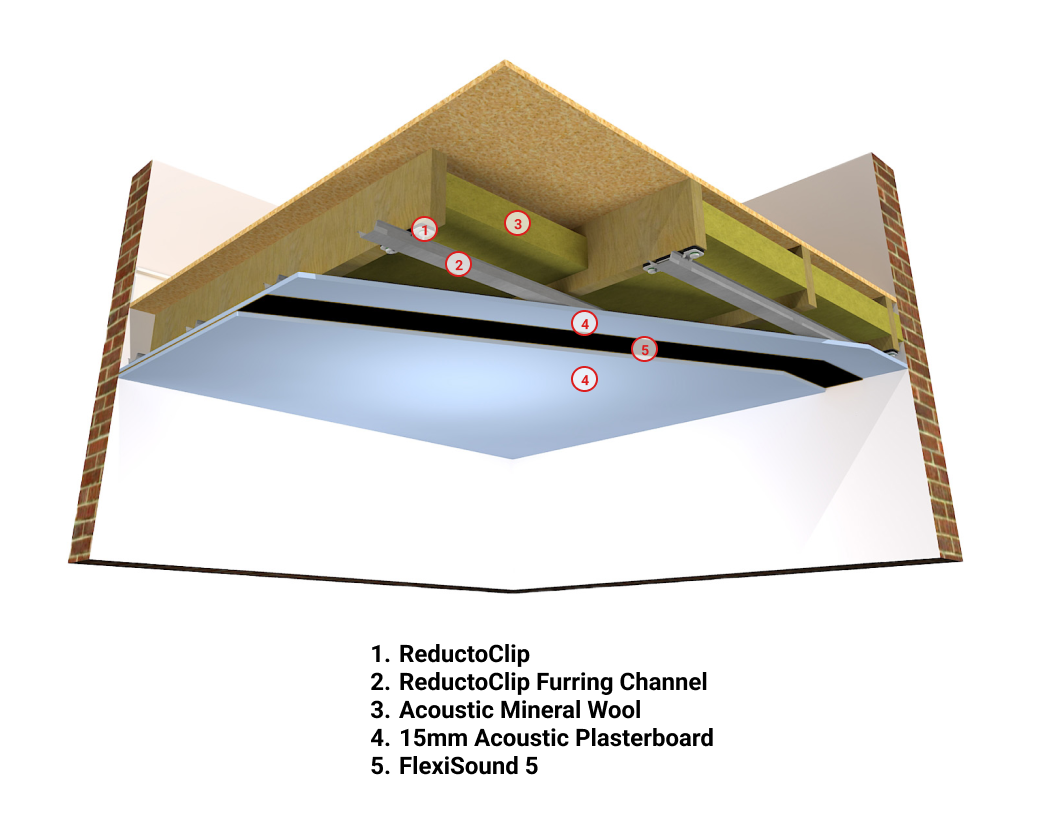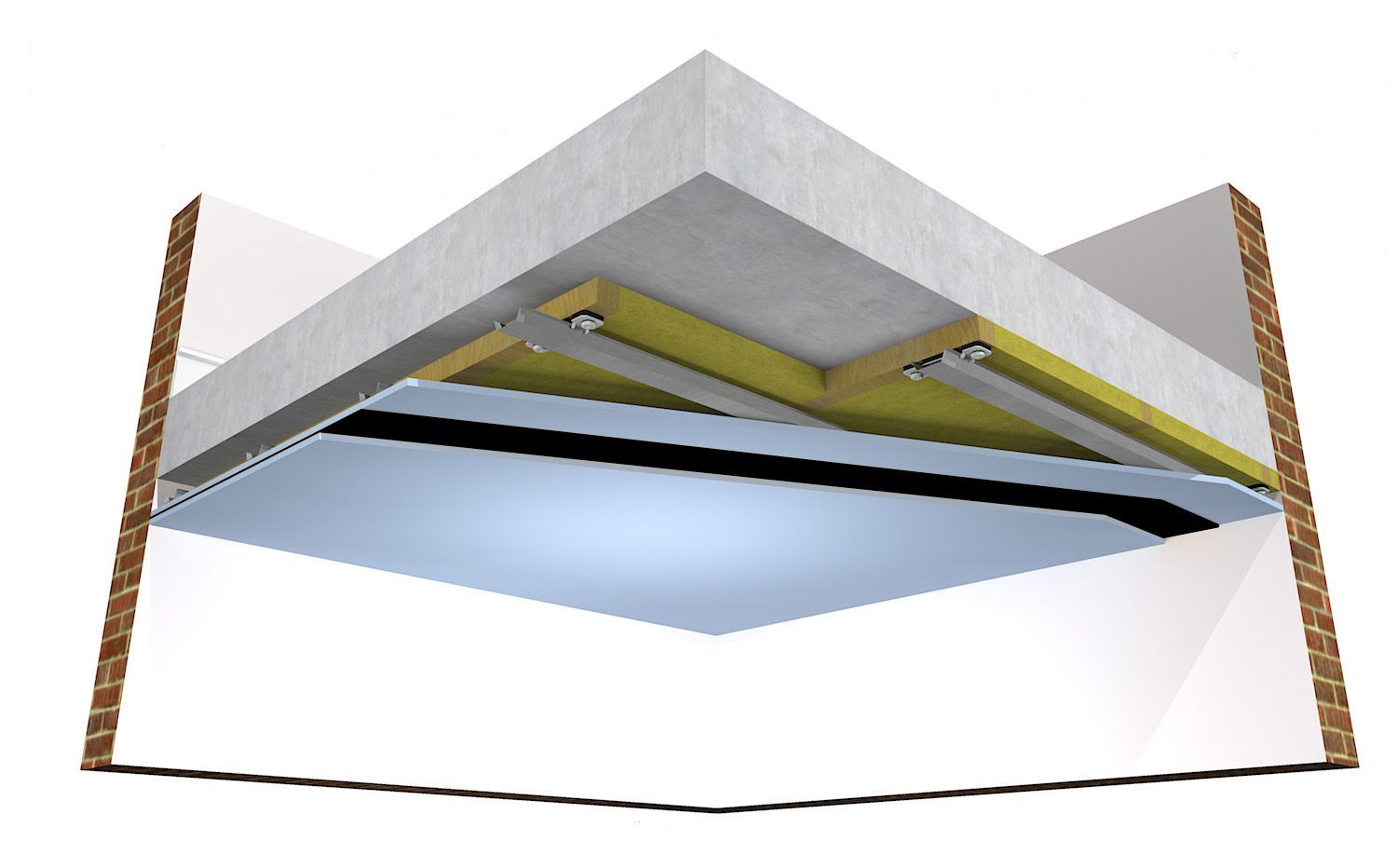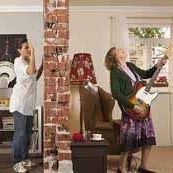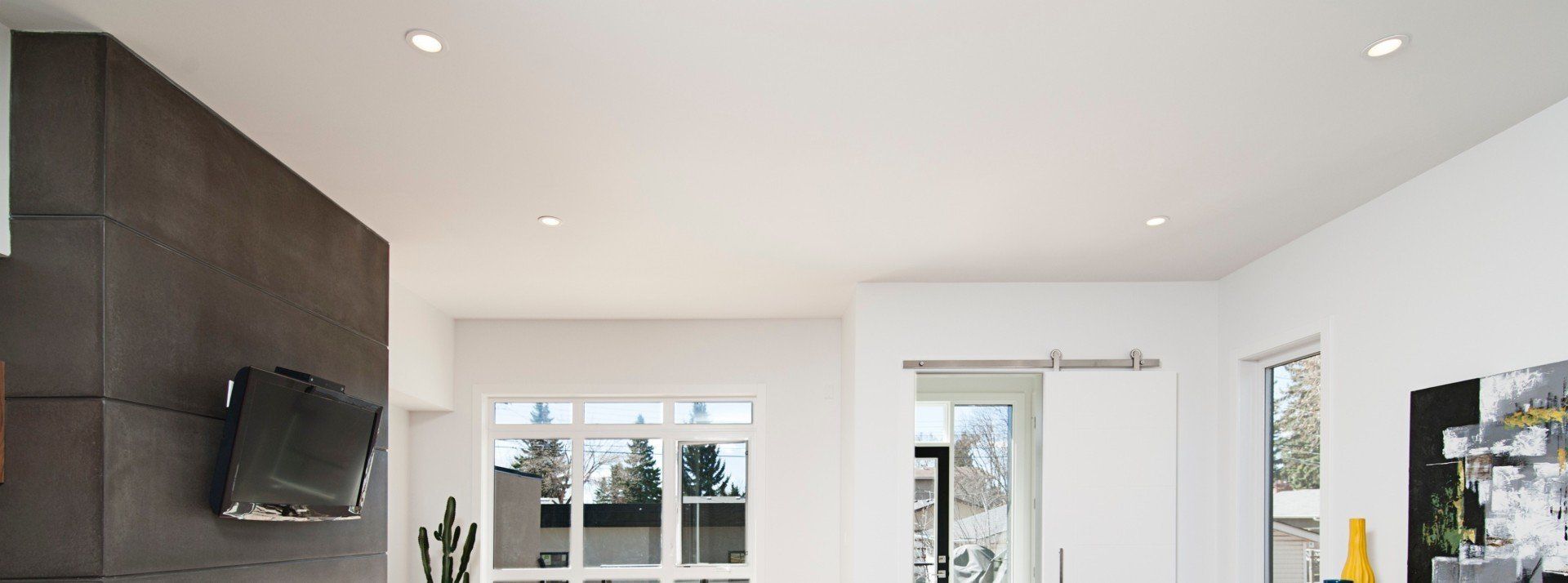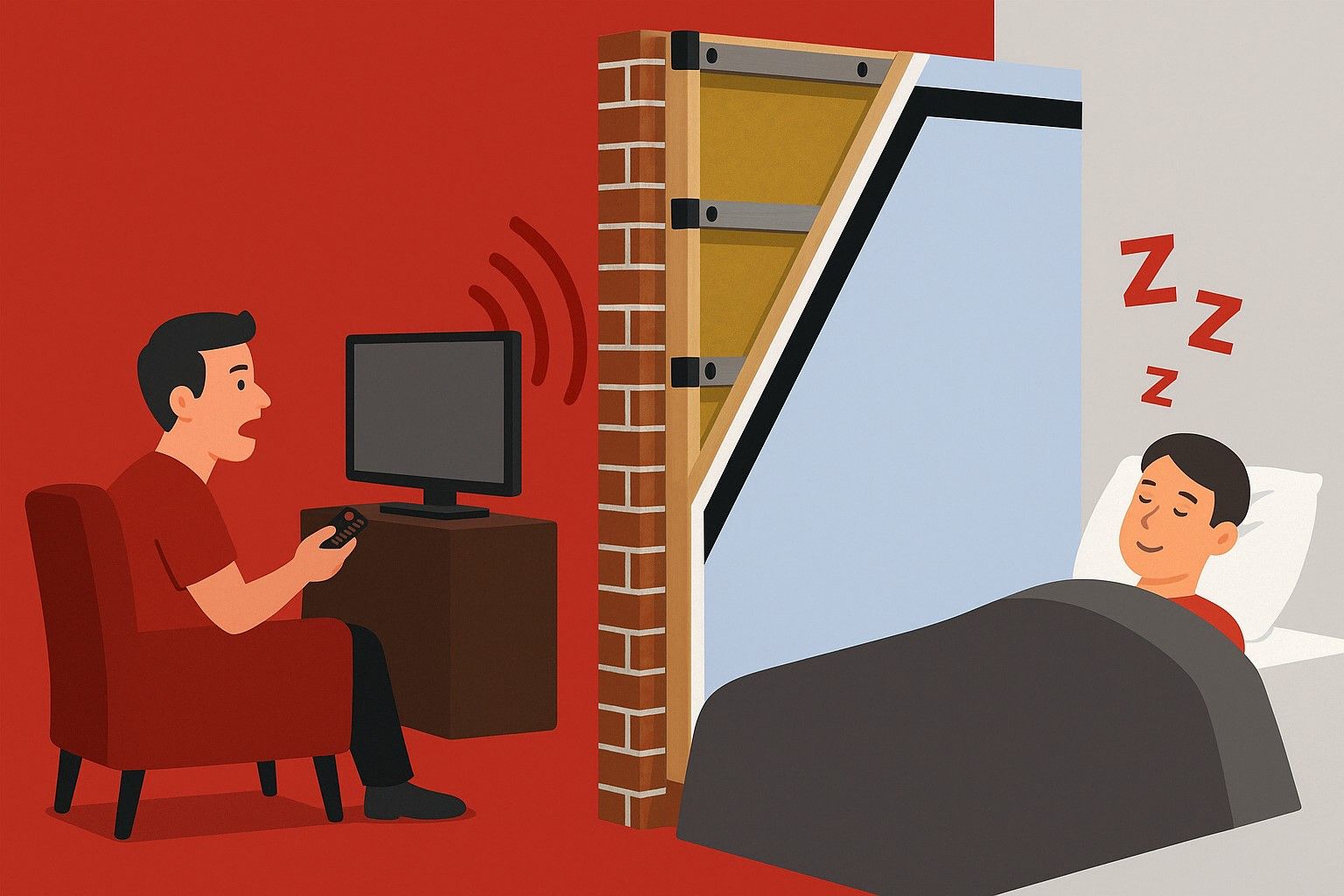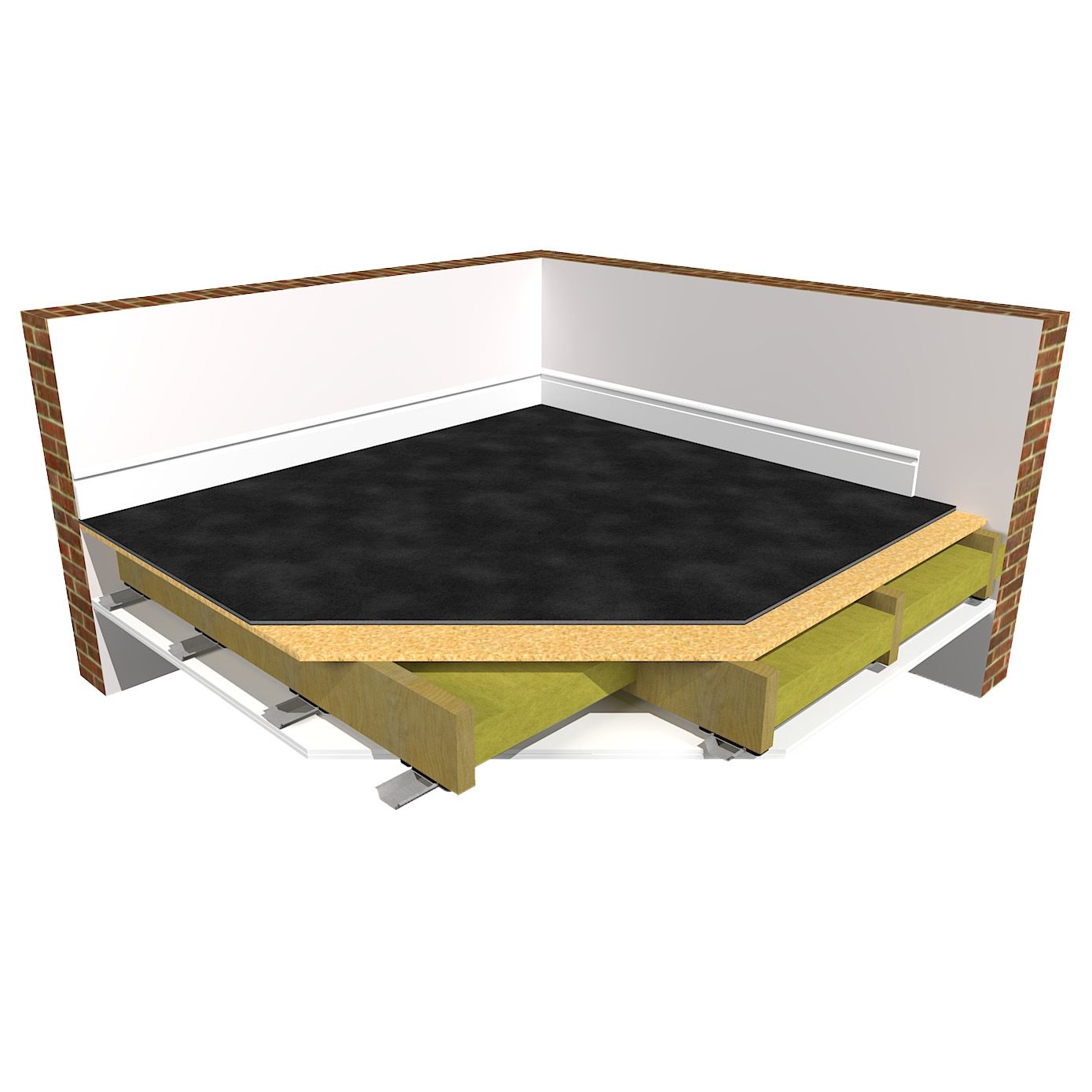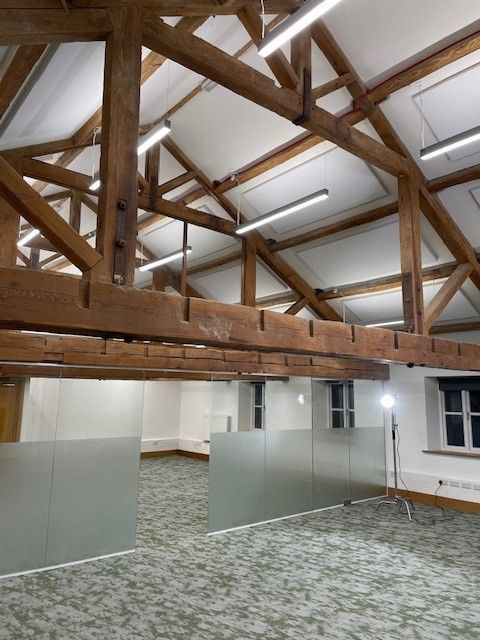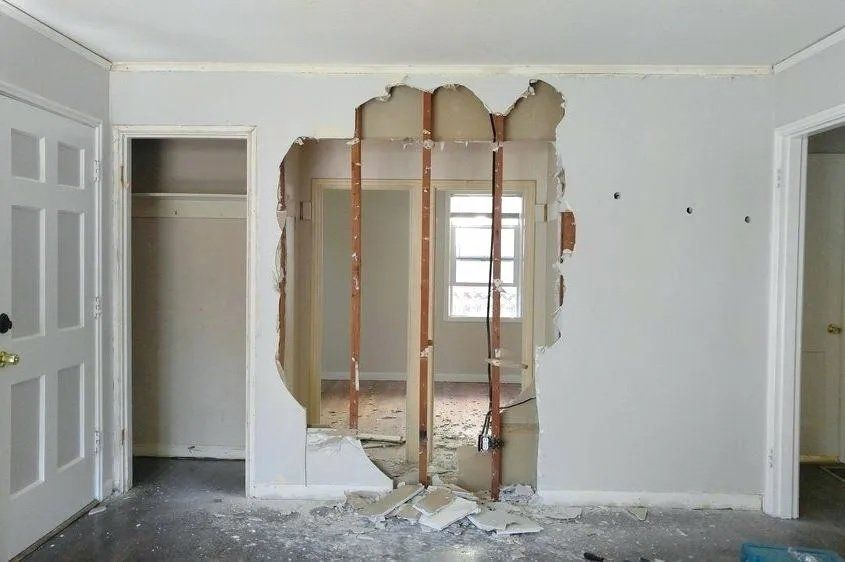How to soundproof a ceiling against noisy neighbours

Soundproofing a ceiling against unwanted noise
For people living in an apartment, flat, or a property converted into multiple occupancy, they can often be in the unfortunate situation of having noisy neighbours living above, below or next door. A recent article published on the
MailOnline highlights a couple blighted by
nuisance neighbours living in a Victorian terraced house divided into two leasehold flats. The owners of the top flat were repeatedly woken in the early hours of the morning by noisy neighbours playing music so loudly that "the building vibrated".
Soundproofing a ceiling against Impact and/or Airborne noise
If you are experiencing the unwanted noise from noisy neighbours travelling from above down into your room below, more often than not you'll be able to work out what kind of noise it is.
Sound is usually broken down into two categories:
- Airborne Noise - people's voices and TV noise
- Impact and Vibration Noise - footsteps, doors banging and vibrations from appliances such as washing machines
Should I soundproof the ceiling or floor?
If you have access to the floor above, then this would always be the preferred option (when soundproofing against impact noise and vibrations), over and above soundproofing the ceiling. Why? Absorbing the impact noise at source, before it enters further into the building achieves a better result than trying to absorb the vibrations once they have travelled further into a structure.
Soundproofing the floor is an easy option if you are soundproofing against unwanted impact noise within your own home and not such an easy option in instances where there is no access granted to the floor above, (especially if relations with the neighbours making the noise are somewhat strained).
If the unwanted noise from noisy neighbours is originating from the property above and access to the floor above isn't an option, then soundproofing the ceiling would be the way to go.
Where to start when soundproofing a ceiling against noisy neighbours
Determine if the noise coming from your neighbours (above) is impact noise, airborne noise, or a combination of both.
Next, it is important to know if the ceiling is concrete, or timber joist? This will determine which system buildup will be needed (both options of soundproofing a timber ceiling and soundproofing a concrete ceiling are highlighted in more detail below).
How to soundproof a ceiling against noisy neighbours
- Improve the mass of the ceiling by adding high mass/ density products
- Improve the ability of the ceiling to absorb sound energy and vibrations (e.g. footsteps above). Without dampening vibrations, the addition of any mass will have very little effect on reducing the unwanted impact noise
- If the ceiling is a timber joist ceiling, add acoustic insulation, such as acoustic mineral wool to absorb any sound between the timber joists. This will help to eliminate sound resonating and amplifying in what is essentially a sealed chamber. For concrete ceilings, a thin layer is also added as part of the ReductoClip™ System (more details on this system below)
- Using different materials of high mass. Different materials perform better for different sound frequencies, so using a combination of high mass materials will perform better than simply more of the same material added to the ceiling
What is the best way to soundproof a ceiling against noisy neighbours?
The best ceiling soundproofing system to soundproof against noisy neighbours is the ReductoClip™ Ceiling System. This system offers the slimmest clip system on the market. Only 60mm of living space is taken up with the ReductoClip system when used to soundproof a ceiling from noisy neighbours.
The ReductoClip ceiling solution delivers the highest level of soundproofing against the unwanted heavy footsteps, banging of doors and loud airborne noise from noisy neighbours, such as music and shouting. The ReductoClip™ Ceiling System means that high mass ceiling layers are decoupled from the structure, delivering the highest level of soundproofing against impact noise from above. This system is also used for soundproofing recording studios and band practice rooms and can also be used on walls as well as ceilings.
For builders and specifiers needing to meet Part E Building Regulations, then the ReductoClip ceiling system offers an exceptional choice in ceiling soundproofing as the ReductoClip Ceiling System exceeds Part E Building Regulations.
How to soundproof a timber joisted ceiling against noisy neighbours
Firstly, the current ceiling plasterboard is removed, exposing the timber joists. Acoustic Mineral Wool is then added into the void space, to stop any sound amplifying. Think of shouting down a cardboard tube, then filling the tube with cotton wool and shouting again. The sound is greatly reduced by the addition of the cotton wool.
ReductoClips™ are then fixed onto the bottom of the timber joists and ReductoClip Furring Bars are then then fixed into the ReductoClips. The ceiling is then rebuilt by fixing the plasterboard layers onto the furring bars (instead of them being fixed directly to the timber joists). This de-coupes the ceiling and any vibrations that travel down from above will be absorbed and further reduced by the ReductoClips, which act like shock absorbers.
The ceiling is then built with two layers of 15mm acoustic grade plasterboard, sandwiching a layer of FlexiSound 5 in between. These layers are extremely heavy and high in mass and block a high level of airborne noise.
How to soundproof a timber joisted ceiling with the ReductoClip System
How to soundproof a concrete ceiling against noisy neighbours
Timber battens are attached directly to the concrete ceiling using suitable fixings. acoustic mineral wool is then added in between the timber battens.
ReductoClips are then attached to the timber battens and installed as per the above for timber ceilings.
If you can't lose 110mm, then ReductoClips can be attached directly to the concrete ceiling (only 60mm of space loss) and installed with the correct fixings.
With a concrete ceiling, mineral wool is also added in between the first layer of plasterboard and the original concrete ceiling, to stop any sound from amplifying within this space.
When soundproofing a concrete ceiling against noisy neighbours, the sound can in some instances also travel down the walls. It is worth doing an ear test when you can hear the noise and listening for any noise coming through the walls. If this is the case, then soundproofing the wall will also be required.
What to do about lighting when soundproofing a ceiling against noisy neighbours?
The recommendation would be to use surface mounted lights and not spotlights. This is because to install spotlights the layers of soundproofing will need to be drilled through, which will consequently create multiple weak points for the sound to leak through.
Top Tip - Soundproofing is like waterproofing, it is only as good as the weakest point. Like water, sound can travel through small gaps. For example, if you are driving in a car with the window slightly open, you can hear all of the outside noise perfectly clearly. Once you close the window, the sounds are reduced to a quiet muffle.
Summary of soundproofing a ceiling against noisy neighbours
To soundproof against the unwanted noise from above travelling to the room below, it is always best to soundproof the floor at the source (for impact noise).
However, soundproofing a ceiling against noisy neighbours can be effectively and easily done by installing the ReductoClip Ceiling System which can be used on both timber joisted and concrete ceilings. The ReductoClip ceiling System can be installed by a competent DIYer, or local tradesperson.
Share
"We don’t expect you to become an overnight expert in soundproofing, that’s what we’re here for."
